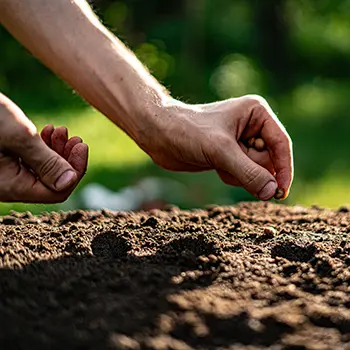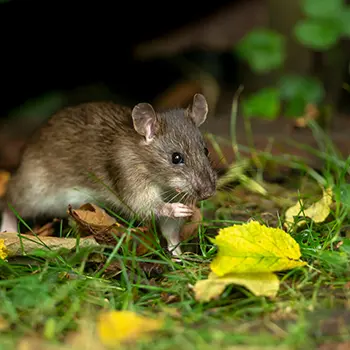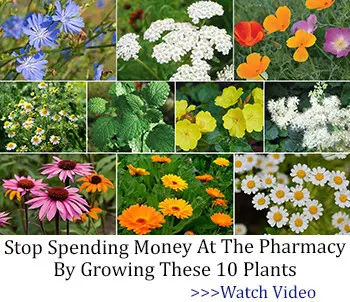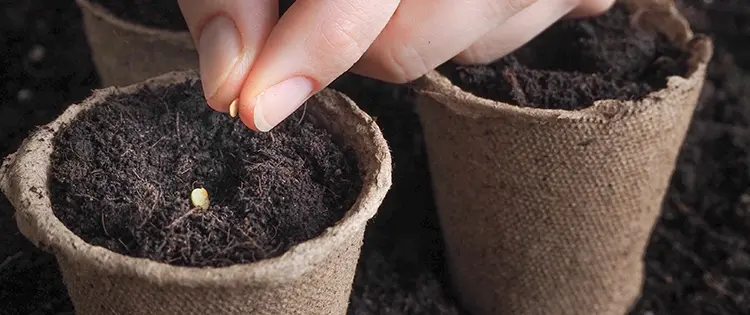Whether you’re considering how to store your seeds for next year after you harvest this year’s seeds, or you’re trying to decide what to do with a big surplus of seeds, I’m here to give you the scoop on what to avoid doing and what to do instead. Just try to remember that we’ve all accidentally left seeds in our truck on the way back from the feed store and still planted them (and come up with nothing). Let’s get to it!
Damp Areas
There are some surprisingly damp areas that you may not consider when thinking about where you want to store your seeds. These can include:
- Pantries
- Closets
- Greenhouses
- Sheds
Instead, I strongly recommend that you store your unused seeds (or freshly dried seeds) in a cool, clean cupboard all their own. Ideally, it is in a room that does not have water flowing into it. An unused bedroom or a guest bedroom without a bathroom attached is usually perfect for this goal.
Why?
Extra moisture can hang out in corners and areas where we tend to store seeds. Many of us settle them in shoebox-sized plastic containers, and then they just sit there through showers or dishwashing or any number of other things that are going to very much change the moisture content of the air around it.
And then what happens?
The box starts to sweat.
Whether inside or out, the moisture content can change rapidly and then spend days or even weeks readjusting. This can cause mold, mildew, early sprouts, and all sorts of other issues that we would rather avoid. So try to avoid putting your seeds near indoor plumbing. It’s a modern marvel, a miracle, but it can nuke your little seeds long before they’re ready to go in the ground.
Use By Dates
This one is somewhat debatable.
Hang out with me on it.
So, you have a use-by date of 2026 on your tomato seeds, for instance. It’s growing season 2027, and you’re struggling to remember when you bought those seeds.
So when did you?
And what should you do?
A lot of seeds have use-by dates due to germination rates lowering over time, and many of them just not being quite as viable as they once were as they age out of range. In fact, if you buy seeds from stores, there’s a good chance that you’re buying seeds that are a few years old.
You probably won’t see a perfect harvest if you’re using older seeds and many seed packets try to guarantee that you’re going to see enormous fruits and flowers, ideal planting, and all of that good stuff. We all know that’s not going to happen even with the best care possible, but we like the image and the hope that these seed companies offer us.
Your best way to avoid using old seeds is to put a buy date on your package, ideally in a place where the moisture from the pen or marker won’t seep through the envelope the seeds are in. If you bought seed in 2022 and it is 2028, with a use-by date of 2026, I would suggest that you go ahead and buy new seed regardless of what the plant is. It’s probably a little too old to take at that point.
Overheating
Much in line with moisture, overheating happens quickly and zaps seeds long before they ever get a chance to go into the ground. It’s just a sad fact of life.
Ways you should be avoiding this include:
- Making your seed stop your last stop on your shopping trip and keeping your seeds in an air-conditioned environment. Cars will bake your seeds in minutes even if it is winter when you get them! The sun is still out and your windshield provides little protection to sensitive seeds.
- Not ordering seeds after temperatures reach high levels during the summer. Just wait until everything cools off. The same thing goes for super duper cold temperatures. We don’t want them to freeze, either.
- Not keeping your seeds in your greenhouse.
I realize that the last point is one of contention. Many people want to keep their gardening area just to one part of the home or one part of the property. It is, after all, a dirty hobby (but somebody has to do it, right?). However, seed packets will roast so quickly in a greenhouse. They have no protection, no soil keeping them warm but not overheating. They have nothing but a flimsy paper or plastic envelope and that’s not going to help them when your heat-loving plants are eating up the warmth. They will boil in their shells and you’ll be left with nothing.
The Worst Thing That Can Happen
Rodents.
Rodents are, arguably, the worst possible thing that can happen when you’re dealing with seed storage or trying to grow young, new plants.
It is cruel to have to take them from this world so we can survive. I’m sorry, little mouse friends, but you have a wilderness out there to explore. And if you’re digging up the seeds in my garden, you are actively ruining my ability to provide for my family’s needs.
Snap traps are the least cruel method of killing rodents populating your garden. It seems terrible, but it is nearly always instant. Glue traps and poison should be avoided at all costs; these are terrible methods by which to die. These rodents may be our enemies, but they are unaware that they are doing anything wrong. We should grant them a kind, painless ending.
Electrical traps are wonderful, though I am personally wary of them since I have often zapped myself with them. Use them with caution.
What mayhem and maladies have your seeds suffered in the time that you’ve been gardening? How often have you planted from seed only to frown at a patch of brown dirt several weeks later and what did you learn? Leave us a comment below to commiserate and, as always, Happy Gardening!
You may also like:
20+ Must-Have Seeds For The Upcoming Crisis
If You See This Plant in Your Backyard, Burn It Immediately! (Video)
A Medicinal Garden Kit For Starting A Small Backyard Pharmacy














